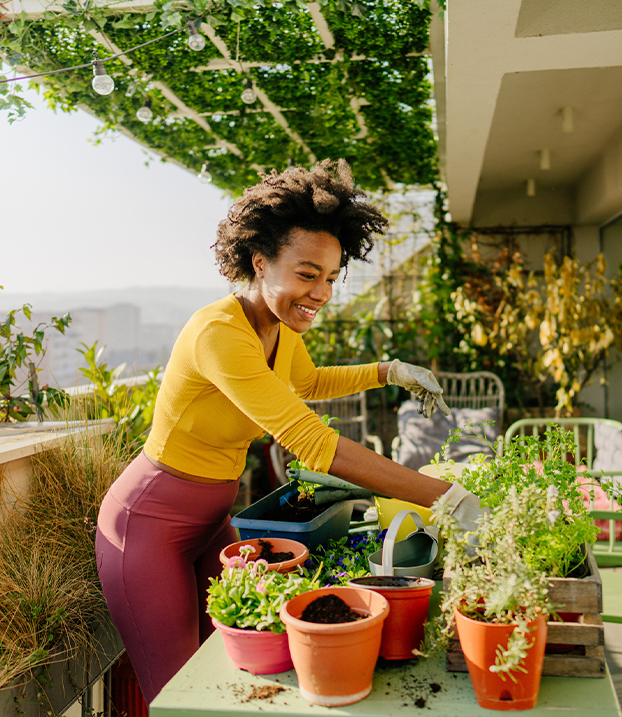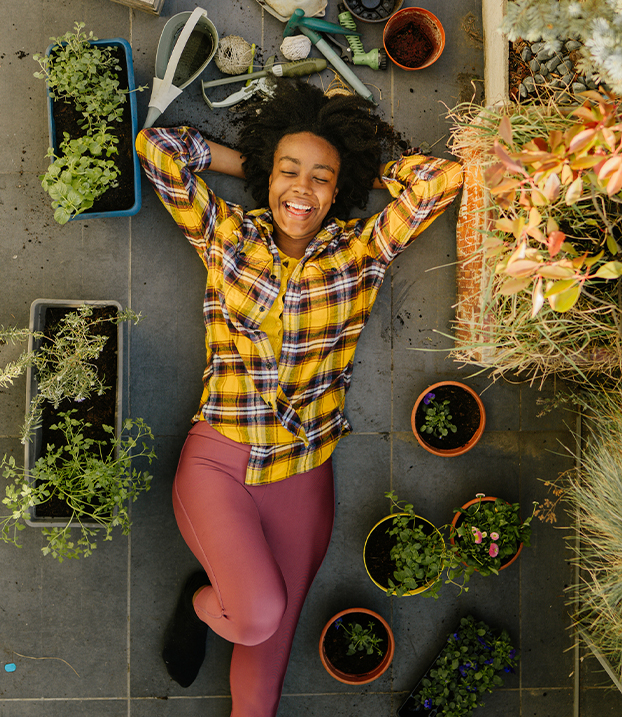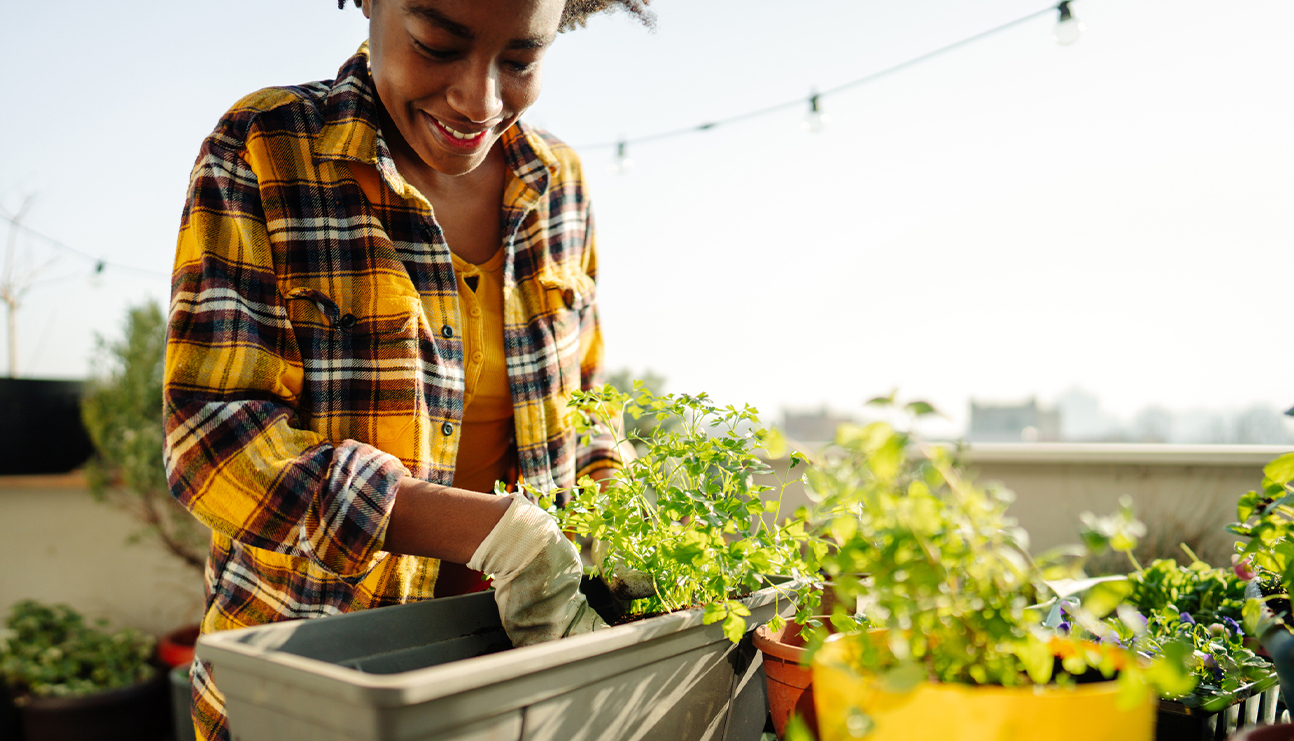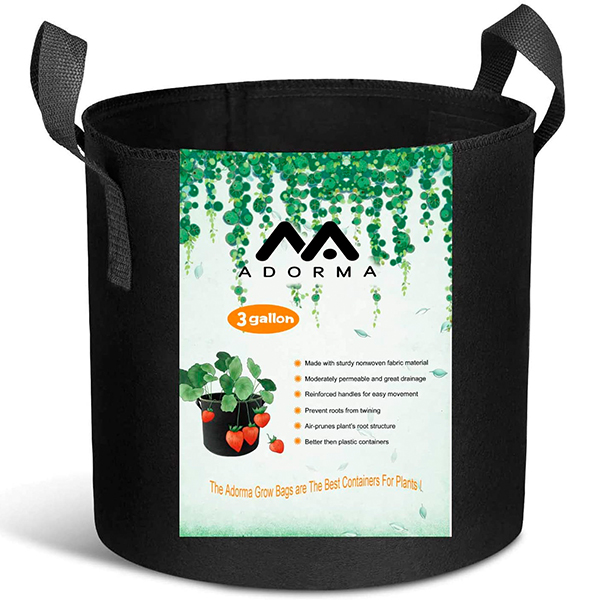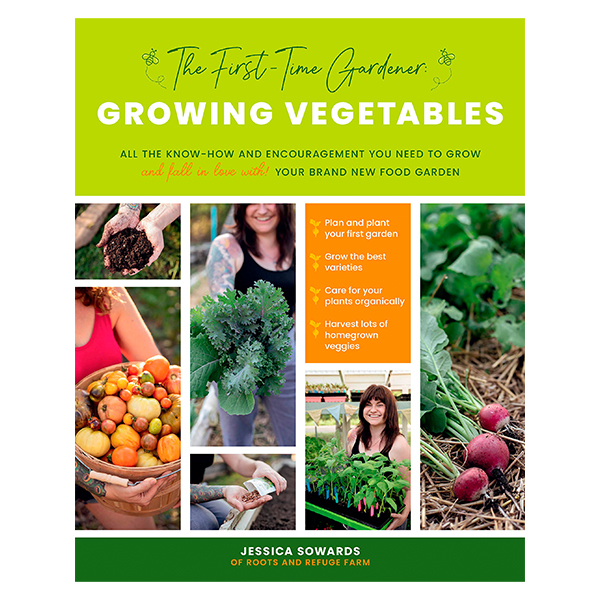How to Grow Vegetables Without a Garden Bed
MAED EDITORS
When you go grocery shopping in the summer, do the rows of tomato and pepper plants for sale out front call your name? Do you go to the garden center to pick out a new houseplant, only to leave lamenting the fact that you have nowhere to grow your own zucchini? We get it—it’s a bummer when you’ve got an itch to garden, but you don’t have anyplace to do it.
Or do you? Contrary to popular belief, you actually don’t need a backyard or garden bed to grow vegetables. And no, we don’t just mean those mini patio tomato plants—you can grow just about anything you want, no matter how big or how small. Here’s how you can grow vegetables without a garden.
Use Grow Bags
If you have a small patio, balcony, or even a front step, you can grow vegetables in grow bags. We love them because they’re:
- Super affordable. You can get a pack of five 10-gallon bags for about $20.
- Easy to store. Unlike plastic or terra cotta planters, they’ll collapse down when the growing season is over.
- Portable. If you don’t have a place with full sun, you can move the bags throughout the day.
- Better for plants. Because they’re made with fabric, they’re breathable and they naturally prevent over-watering.
- Versatile. Grow bags come in all different sizes, allowing you to grow everything from herbs to pumpkins.
A 3-gallon grow bag will accommodate a pepper plant or eggplant, while 5-gallons is great for potatoes, squash, tomatoes, melon, and filling with salad greens. Anything larger than this and you essentially have enough space for a small garden; plant a variety of vegetables and herbs and you’ll have a bountiful harvest by the end of the summer.
If you have kids, consider buying grow bags with windows built in so they can watch the roots of the plants develop or spot when beets or sweet potatoes are ready to eat.
Find a Community Garden
If you don’t have any outdoor space, consider a community garden. You can find one near you by searching the Urban Farming or American Community Gardening Association websites. These gardens allow you to rent a patch of space where you can grow whatever you like. You’re responsible for preparing the soil, planting, fertilizing, weeding, watering, and harvesting, so be sure you’re ready to make that commitment. It’s best if you’re able to visit your garden daily, so choose a location that’s convenient to you.
The best thing about a community garden is the community. You’ll get out and meet other people, learn gardening tips, and share what you grow. It’s an enriching experience that truly fosters connection, something a lot of us are short on lately.
Try an Elevated Planter
Consider elevated planters raised beds on stilts. Most raised bed kits don’t have a bottom, so you still need a yard to put them in. An elevated planter has legs, so it can be set up on a concrete patio or large balcony. Elevated planters are ideal for gardeners who have physical limitations that make accessibility a factor—there are versions that are eye-level from sitting and the standing ones mean you can garden without having to crouch or kneel.
Better still, an elevated planter will keep rabbits and other pests from eating your vegetables! While they’re a little more of an investment than the other options here, they can be worth it if you’re serious about gardening.
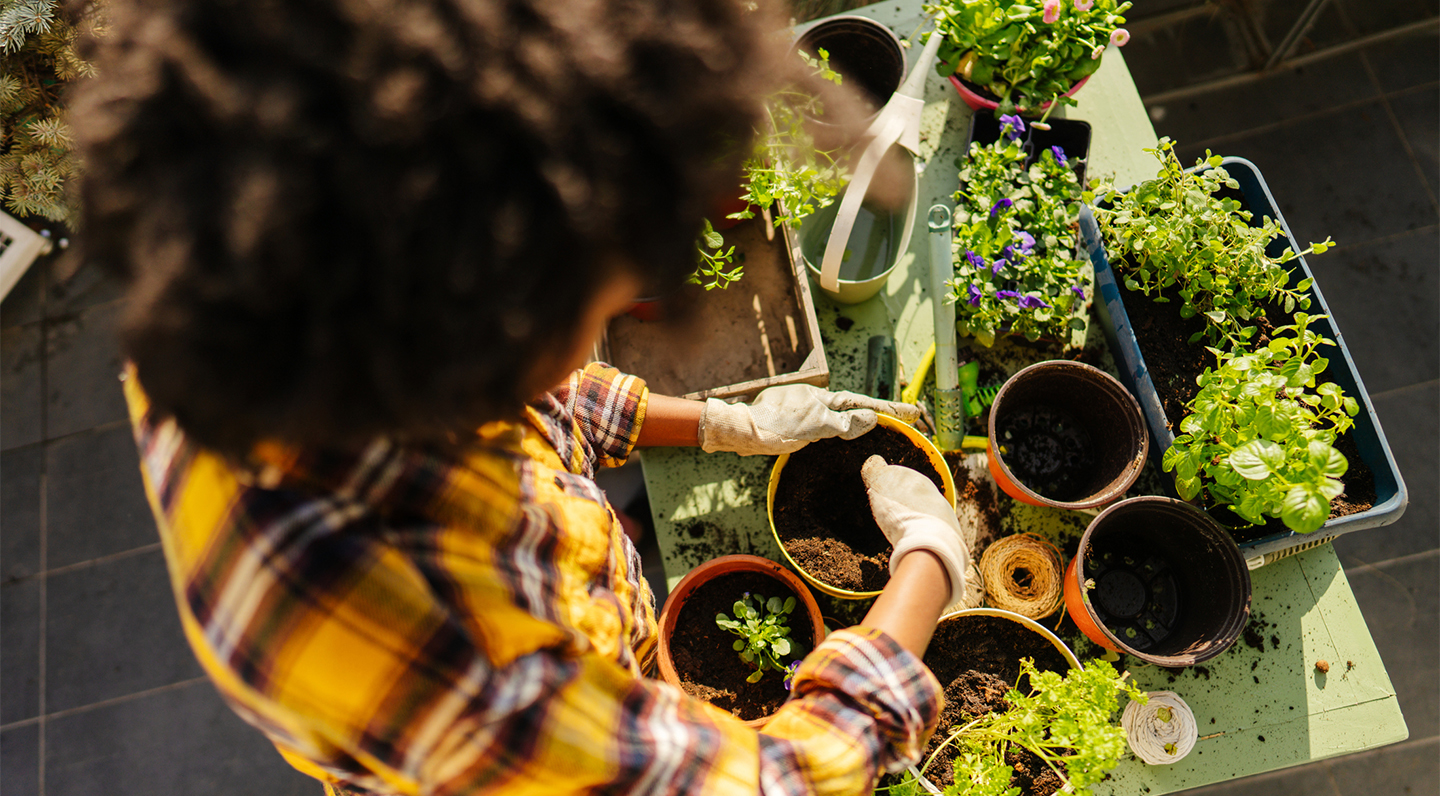
Grow Vegetables Inside
Yes, there’s the classic Aerogarden, but there are so many other options for growing vegetables indoors these days—Gardyn, Véritable, and Click & Grow are three popular indoor gardening solutions. While you won’t be able to grow watermelons in your living room, tomatoes, peppers, and even strawberries may be options. Keep in mind, though, that without bees and butterflies flitting about, you might need to hand-pollinate flowers yourself in order to get a harvest.




